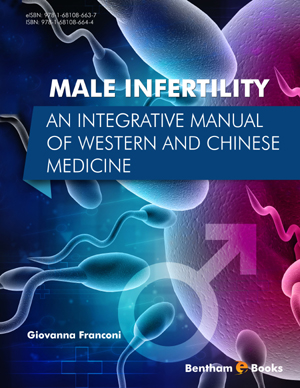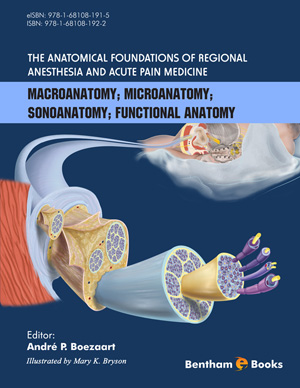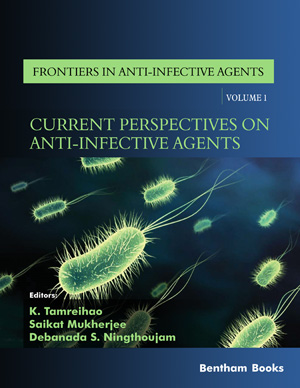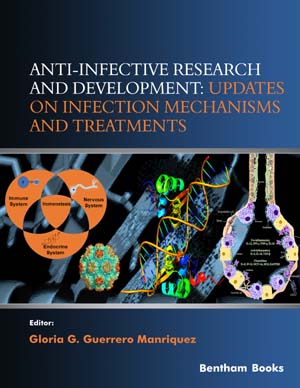Abstract
Widespread outbreak of numerous infectious diseases across the globe has created awareness in chemists for the novel design and synthesis of lead molecules. Like hepatitis is one of the viral infectious disease, damages the liver function and therefore causes major complications, even leads to death in many cases. More than one third population of the world is affected by hepatitis. Different viral hepatitis are Hepatitis A (HAV), B(HBV), C(HCV), D(HDV) and E(HEV), depending upon the infecting virus type. Hepatitis A and E viruses are usually contacted after eating and drinking contaminated food and water. While, HBV, HCV and HDV are transmitted through contaminated blood. Hepatitis B and C are typically chronic, but HDV may be acute or chronic in nature. Non-viral hepatitis are also reported either due to alcohol consumption or metabolic disorder medications, which causes the liver stress or inflammation. The treatment options of hepatitis vary depending upon what form you have and what caused the infection. Until recently, the treatment of hepatitis B has been reported with interferons alone or pegylated interferons while hepatitis C with interferons only or pegylated interferon (PEG-IFN) and ribavirin in combination, both are less successful (35-40%) and have side effects. Thus, a virus-specific, efficient and drug resistant free, anti-HBV and anti-HCV therapeutics are needed. Since 2011, the use of new drugs in targeting NS3/4A protease, NS5B polymerase and NS5A enzymes have enhanced treatment rates (70-90%) but still showed some side effects. Furthermore, inhibitors are at diverse stages of clinical development for NS5B and NS5A polymerase targets. Future design and synthesis of novel drugs must address genetic difference in HBV and HCV with least drug resistance. Also, for the genetic over-expression in HCV, a number of investigational techniques have developed which led to the comprehensive analysis of different aspects of viral life-cycle and interactions between virus and host (human). Thus, a rising list of targets for therapeutic involvement has been revealed. The directly acting anti-virals (DAAs) is another therapy method which helps in exploring novel and highly developed combinations of drugs. In this chapter, we discuss the synthetic advances of receptor based anti-viral scaffolds in hepatitis, which afforded significant numbers of agents such as drugs or drug leads, their mechanisms of action (MOAs), structure-activity relationships (SARs) and future structural perspectives as drug candidates.
Keywords: Antiviral agents, Combination therapy, Direct acting anti-virals (DAAs), Drug resistance, Hepatitis, Receptor inhibitors, Structure-activity relationships (SARs).


.jpg)



















